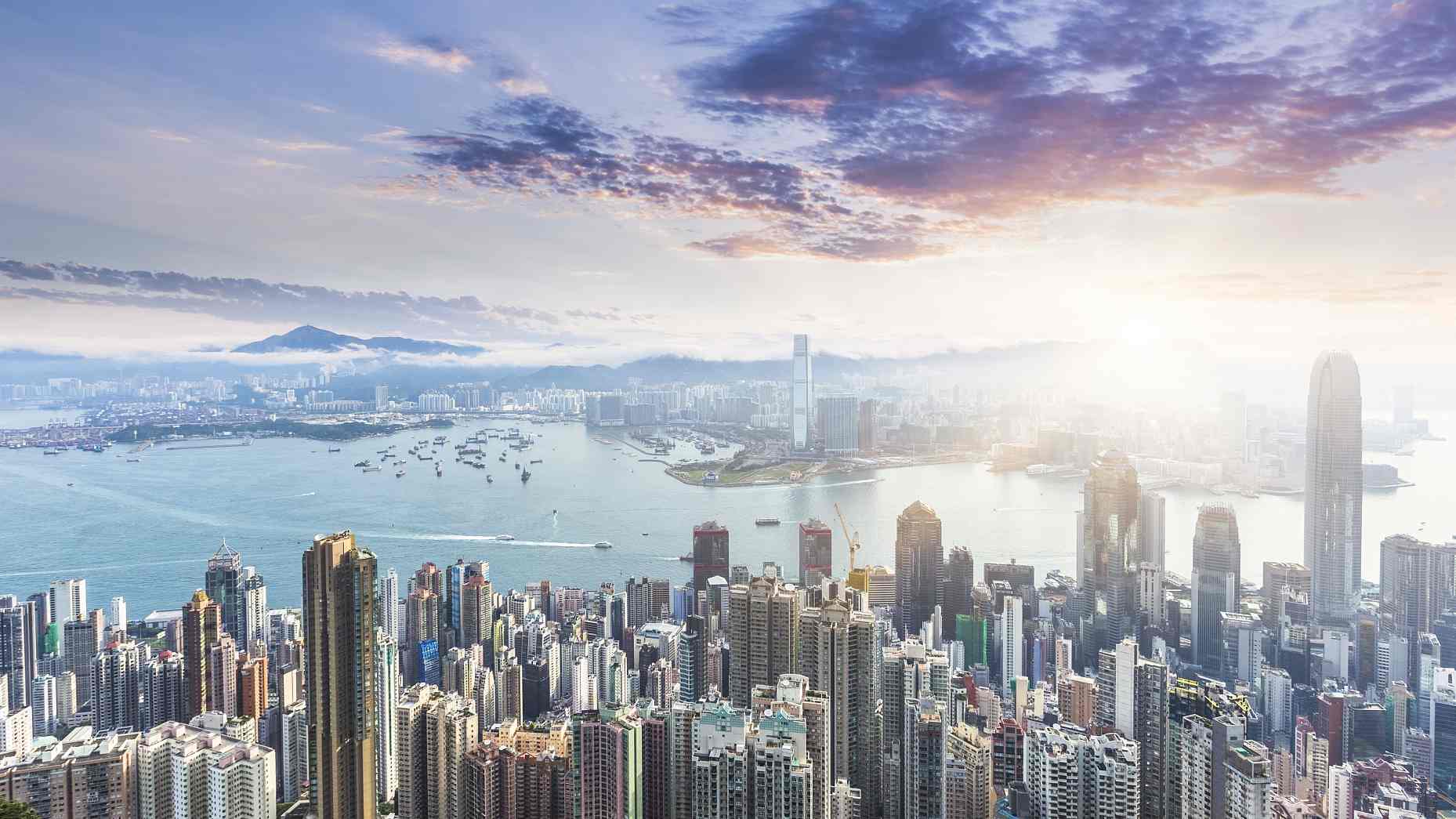Today, Hong Kong celebrates the 21st anniversary of its return to China.
On July 1, 1997, with the five-star national flag replacing the Union Jack and flying over the Hong Kong Convention and Exhibition Centre, Hong Kong officially returned from the United Kingdom to China. Since then, the economy in the special administrative region has thrived.
Hong Kong is dubbed as one of the most popular travel destinations in Asia for visitors from all over the world. Inbound tourism has become one of the three major pillars of the economy with a total contribution of 16.7 percent to the GDP in 2017, along with international trade and financial services.
According to the Hong Kong Tourism Board, total visitor arrivals in 2017 reached about 58.5 million, with Mainland visitors accounting for 76 percent. International arrivals grew by 1.1 percent compared to 2016, with visitors mainly from the North Asian markets (including Japan and South Korea) surging by 9.4 percent. Total tourism expenditure associated with inbound tourism reached 296.7 billion HK dollars (37.8 billion US dollars).
This year, Hong Kong has a goal of being a global tourism hub bringing overseas visitors to China’s Great Bay Area, which includes Hong Kong, Guangdong and Macao. With its diversified tourism resources and products, Hong Kong has already become a world-class tourism center.
Hong Kong presents an interesting combination of traditional Chinese culture and its own attitudes and history. No matter whether you’re a skyline lover or dim-sum enthusiast, these are options for every interest.
Victoria Peak: night view of the city
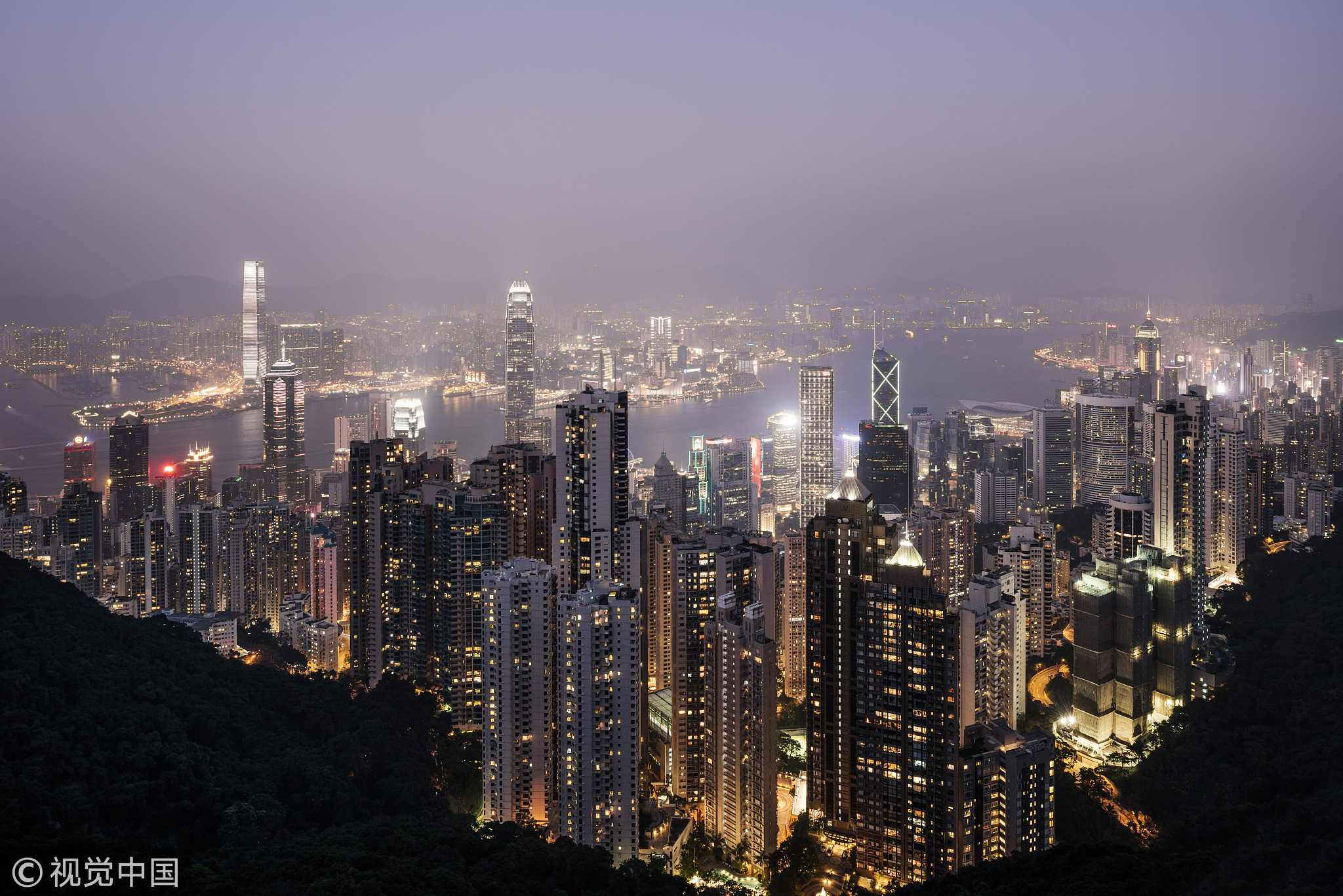
Victoria Peak offers breathtaking views of the city and the harbor. /VCG Photo
Victoria Peak offers breathtaking views of the city and the harbor. /VCG Photo
If there is only one thing you can do in Hong Kong, go to The Peak. If you have many other choices, still go to The Peak. This highest point of the Hong Kong Island can give you a spectacular view including the spreading skyscrapers which form a perfect skyline, Victoria Harbour and the green hills of the New Territory.
Riding the Peak Tram up is the most convenient way to get to the top. The trip provides a visual experience in its own right – Hong Kong Island’s skyscrapers slide past your window on the city’s historic, funicular railway. Passengers can take the tram by walking from MTR (Mass Transit Railway) Central Station and taking the Peak Tram at the Peak Tram Lower Terminus on Garden Road.
Star Ferry: travel to central from Kowloon Peninsula
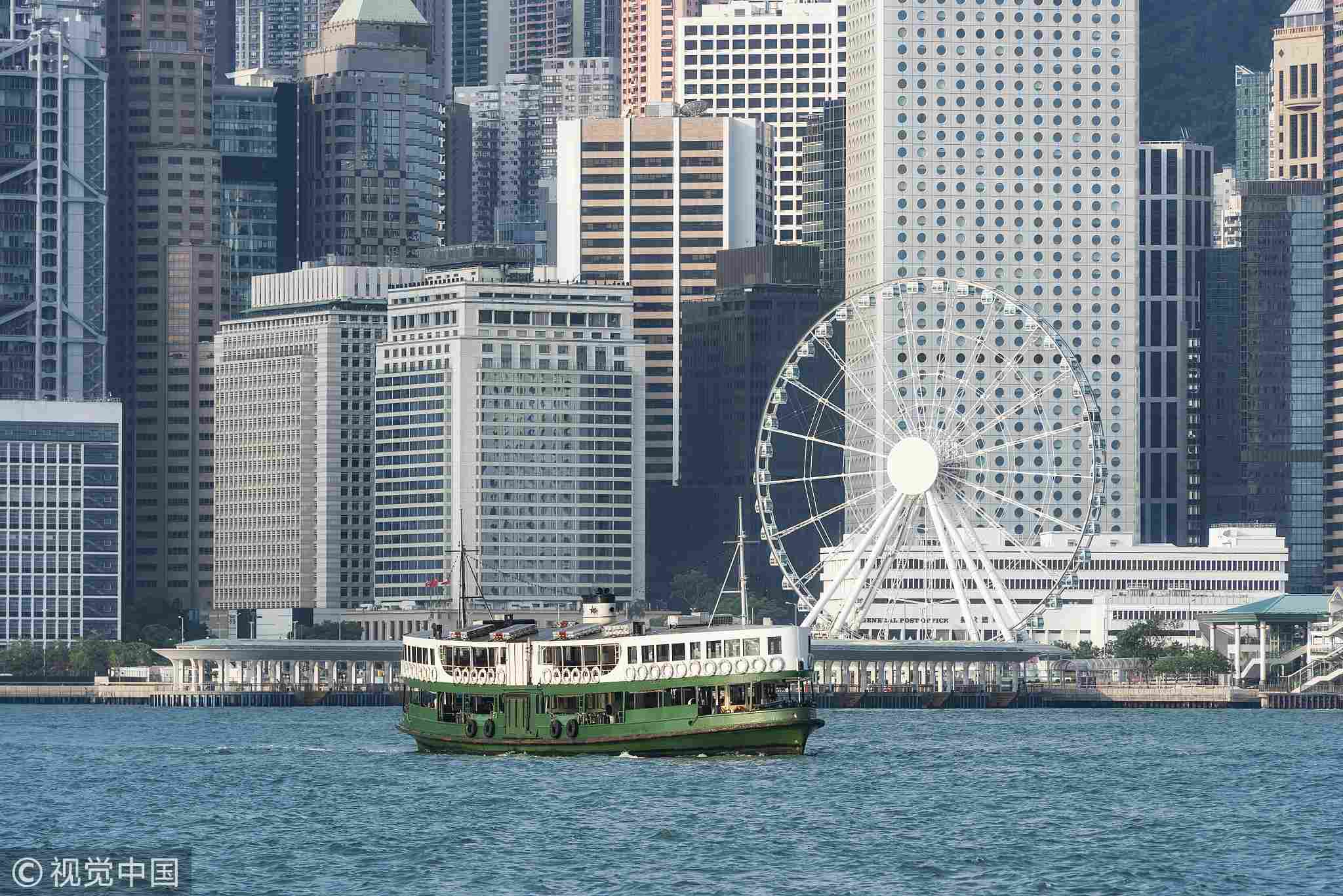
The Star Ferry is a passenger ferry service operator and tourist attraction in Hong Kong. /VCG Photo
The Star Ferry is a passenger ferry service operator and tourist attraction in Hong Kong. /VCG Photo
The Star Ferry is an absolute must when you come to Hong Kong. Take a 10-minute cruise tour on an electric-diesel vessel from the Kowloon Peninsula to Hong Kong Island. It would provide you the most scenic route through the city. Also, catching the ferry at night is highly recommended.
Every day, the Star Ferry Company operates shuttles from its Tsim Sha Tsui pier on the Kowloon Peninsula to either its Central pier or its Wan Chai pier on the Hong Kong Island side.
There’s also an hour-long tour of Victoria Harbour including several main stops alongside the water.
Theme Park: Hong Kong Disneyland and Ocean Park Hong Kong
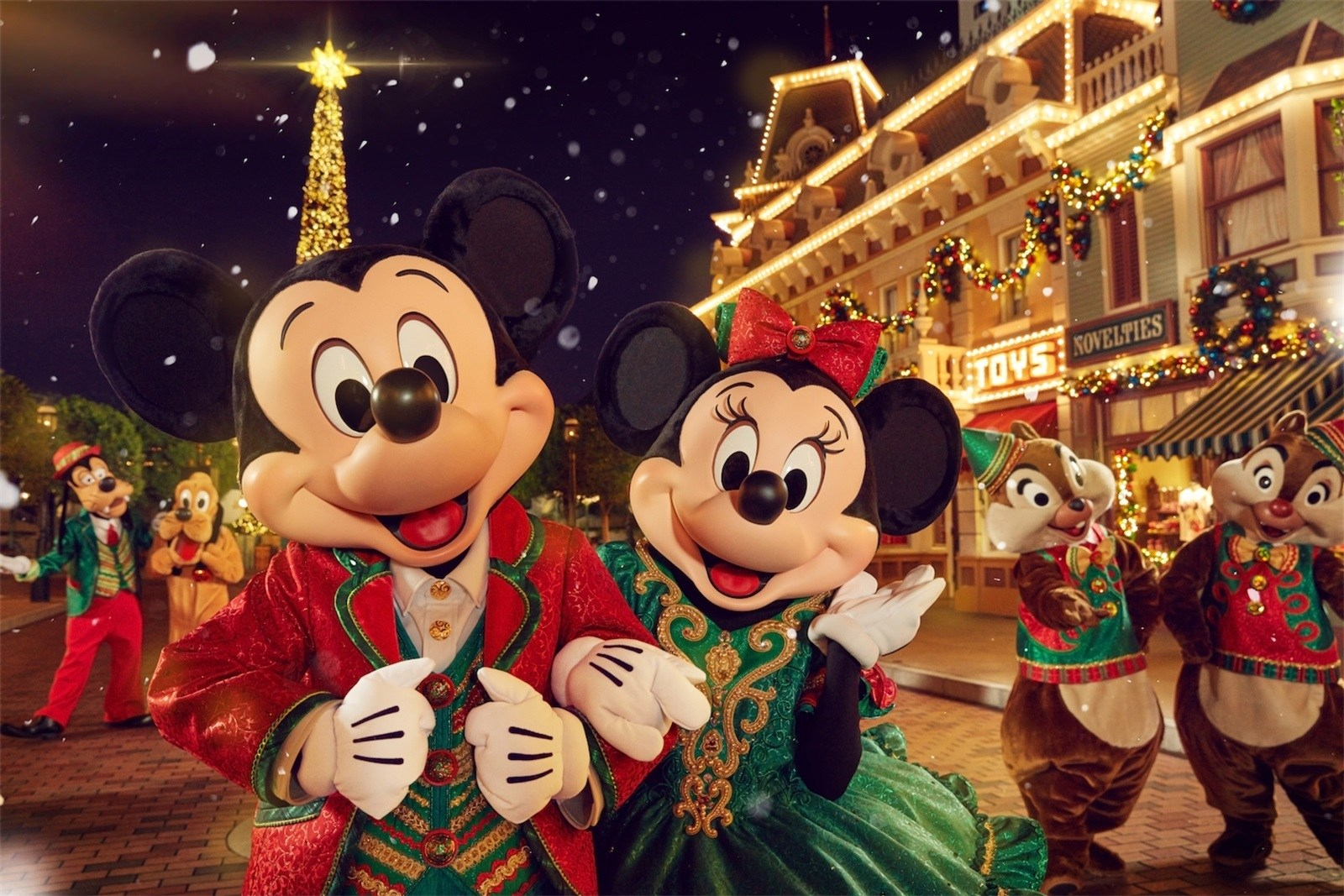
Hong Kong Disneyland. /Photo via hongkongdisneyland.com
Hong Kong Disneyland. /Photo via hongkongdisneyland.com
Ready to see all your favorite Disney characters stroll down the Disney Parade followed by an incredible fireworks display? Don’t miss the Disneyland on Lantau Island in Hong Kong.
Take a 30-minute MTR from Central station, Hong Kong. The magic tour always takes up a whole day.
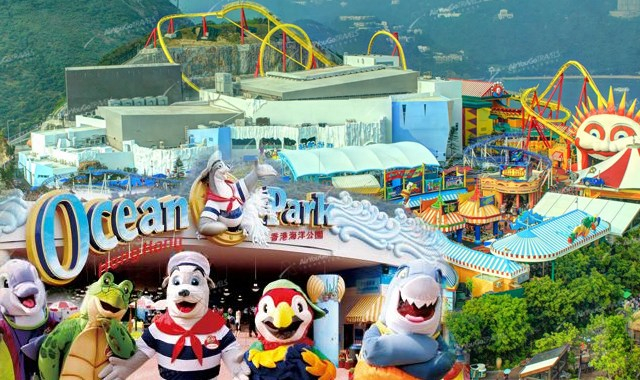
Ocean Park Hong Kong. /Photo via oceanpark.com.hk
Ocean Park Hong Kong. /Photo via oceanpark.com.hk
Competing with Disneyland as the top attraction to bring your family with, Ocean Park Hong Kong is another theme park that's worth a visit. It has many more attractions than Disneyland including the Grand Aquarium, Amazing Asian Animals (pandas, of course), Japanese Garden, Ocean Park Tower and an amusement ride part of the Ocean Park.
Located on the southern coast of Hong Kong Island, the park is easily reached by taking the Ocean Park Citybus 629 from the Central Ferry Pier or Admiralty Station.
Tsim Sha Tsui: stroll around the promenade
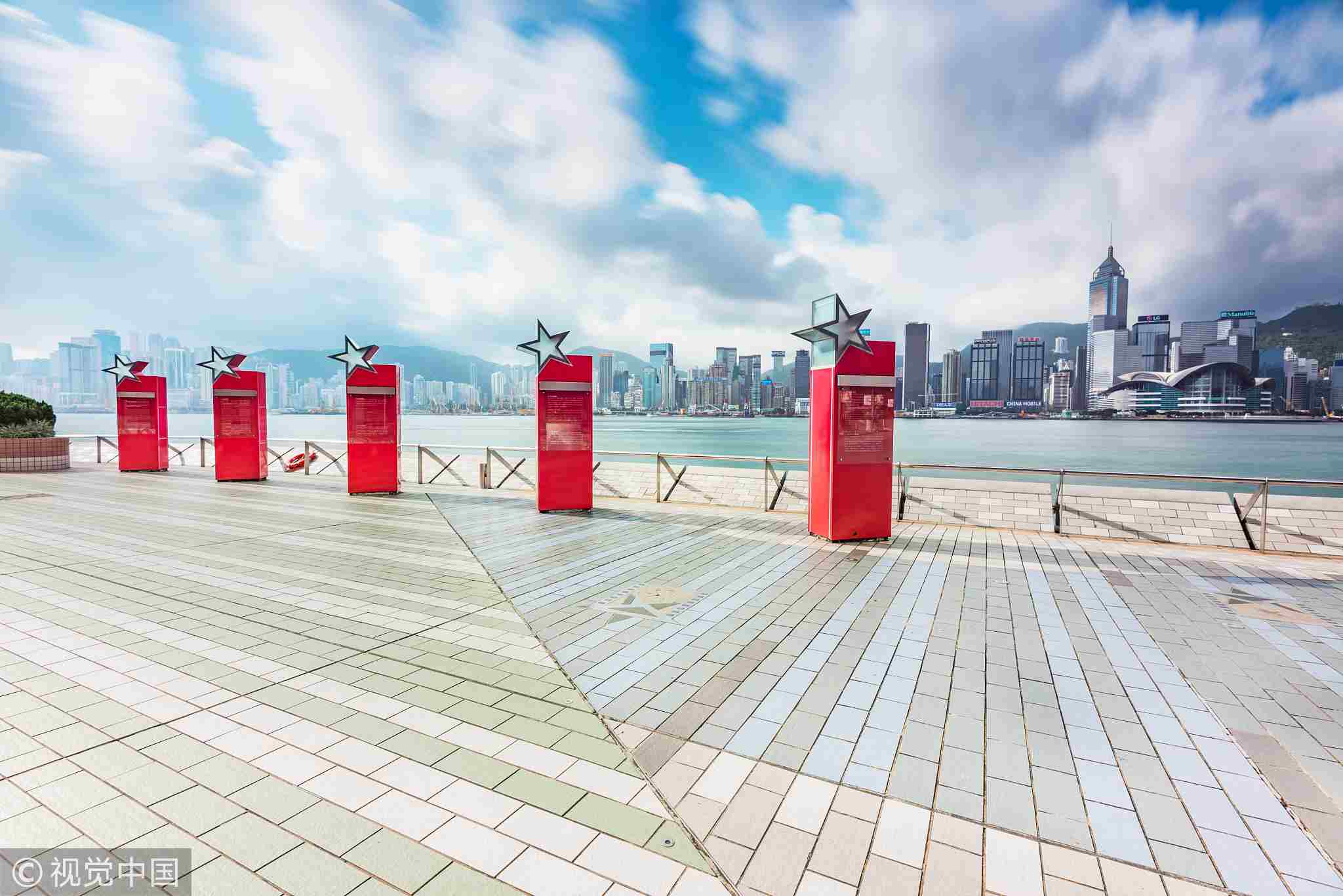
The Avenue of Stars, modeled on the Hollywood Walk of Fame, is located along the Victoria Harbour waterfront in Tsim Sha Tsui. /VCG Photo
The Avenue of Stars, modeled on the Hollywood Walk of Fame, is located along the Victoria Harbour waterfront in Tsim Sha Tsui. /VCG Photo
You may consider booking a hotel that's closer to most of the attractions in the city. From the Avenue of the Stars, which honors the Hong Kong film industry and its stars, to the New World Centre shopping center, you may stroll around the Tsim Sha Tsui promenade all day long.
Lan Kwai Fong District: the hottest place for nightlife
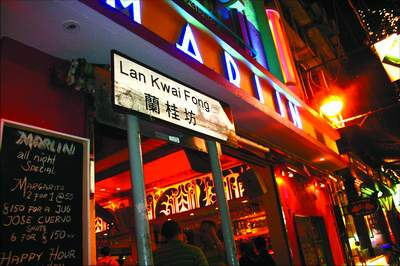
Lan Kwai Fong is one of Hong Kong's most popular nightlife hotspots and home to over 90 restaurants and bars. /Photo via news.sohu.com
Lan Kwai Fong is one of Hong Kong's most popular nightlife hotspots and home to over 90 restaurants and bars. /Photo via news.sohu.com
Lan Kwai Fong is technically the name of a short L-shaped street in the heart of nightlife in Hong Kong. More than a hundred bars and restaurants gather here with crowds of people from the surrounding offices of Central, eager to shake off the working day.
Lan Kwai Fong usually hosts carnivals and other celebrations during major festivals, such as Halloween, Christmas and New Year. It has its own beer festival as well. Most of the bars hold “happy hour” or “sunset hour” on weekdays from 4 p.m. to 7 p.m.
Dim Sum: drink tea like a Cantonese
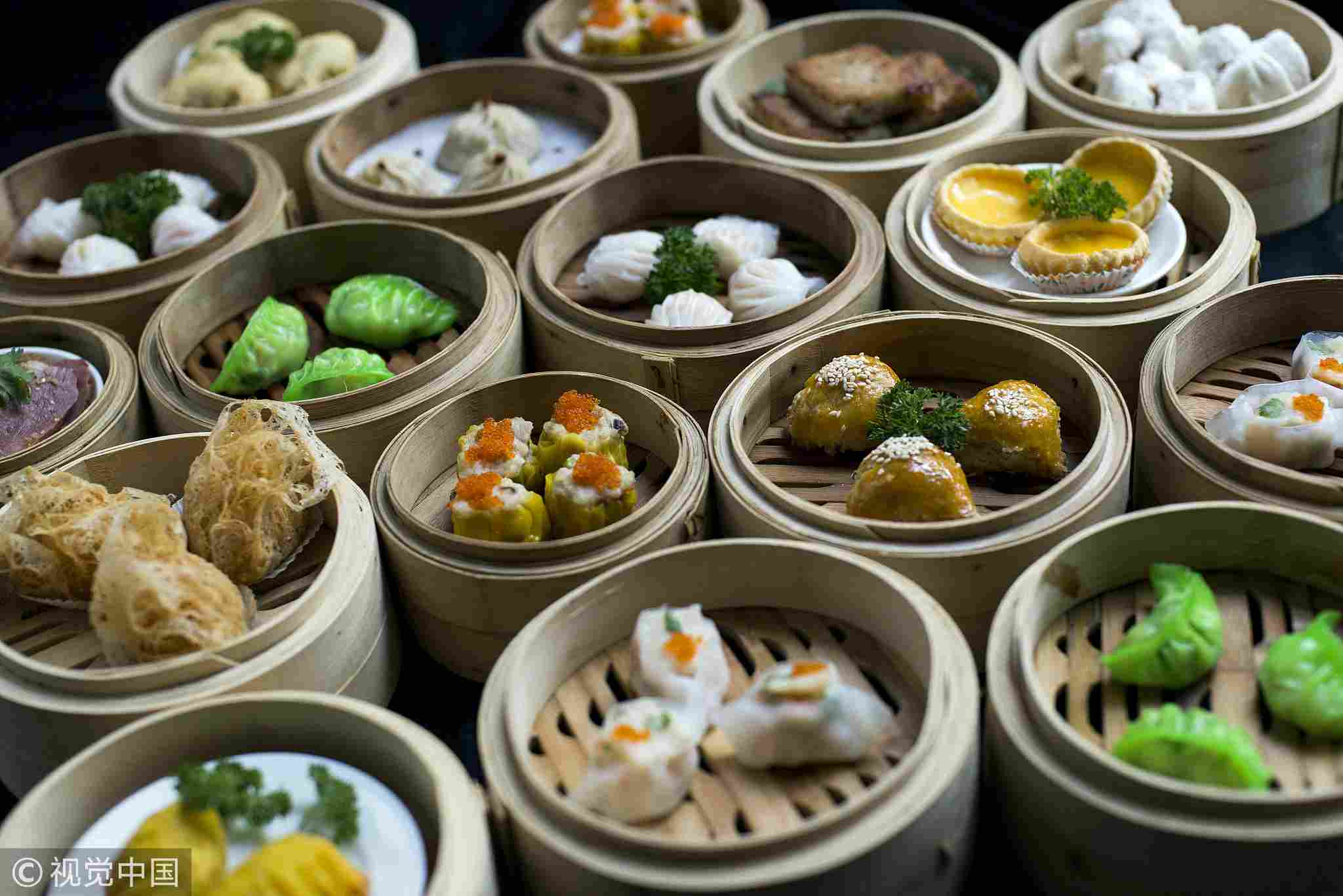
Yum cha is the Cantonese tradition of brunch involving Chinese tea and dim sum. /VCG Photo
Yum cha is the Cantonese tradition of brunch involving Chinese tea and dim sum. /VCG Photo
As one of the world's top culinary capitals, Hong Kong has many Michelin-starred restaurants, dai pai dongs (open-air stalls in street market) and tea restaurants. However, it is impossible to go Hong Kong without trying out one of their celebrated dim sum items, whether steamed, baked, pan-fried or deep-fried. The traditional Hong Kong experience comes when you go for “yum cha” early in the morning, which means “drinking tea.”
The ways in which dim sum is served has varied over the years. The traditional method, known as “push-cart,” dates back to the early 1960s, when dim sum items were pre-cooked in advance in the kitchen and brought out into the dining area in baskets by restaurant employees. Nowadays, many dim sum restaurants have instead adopted a paper-based ordering system.

